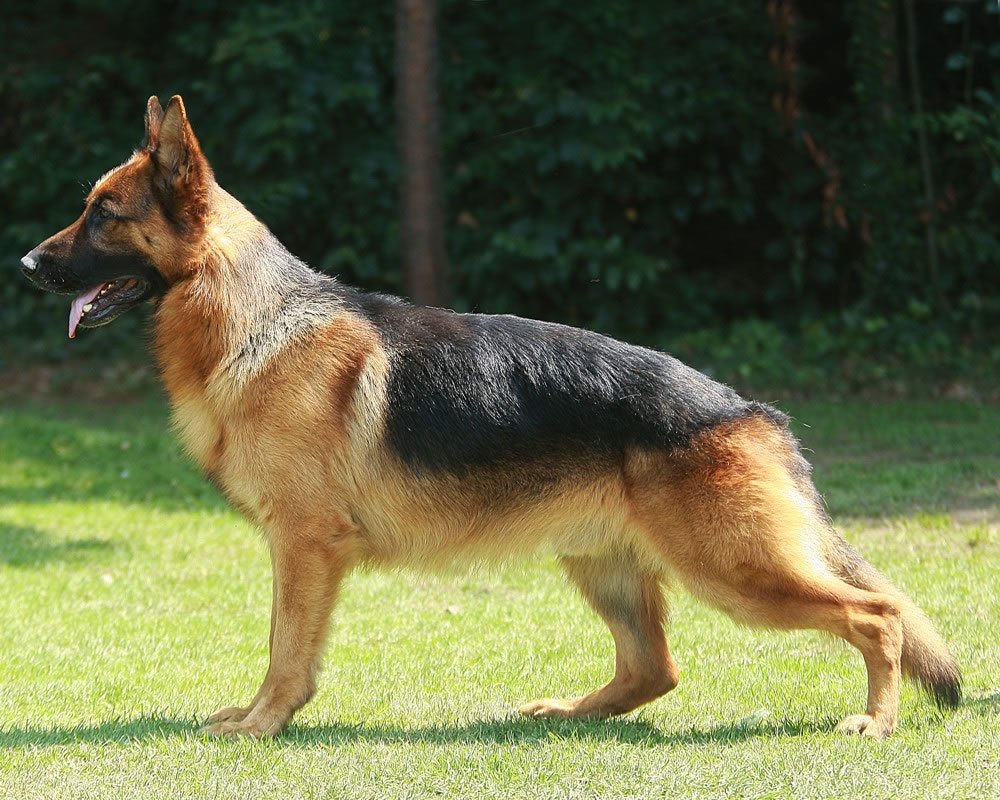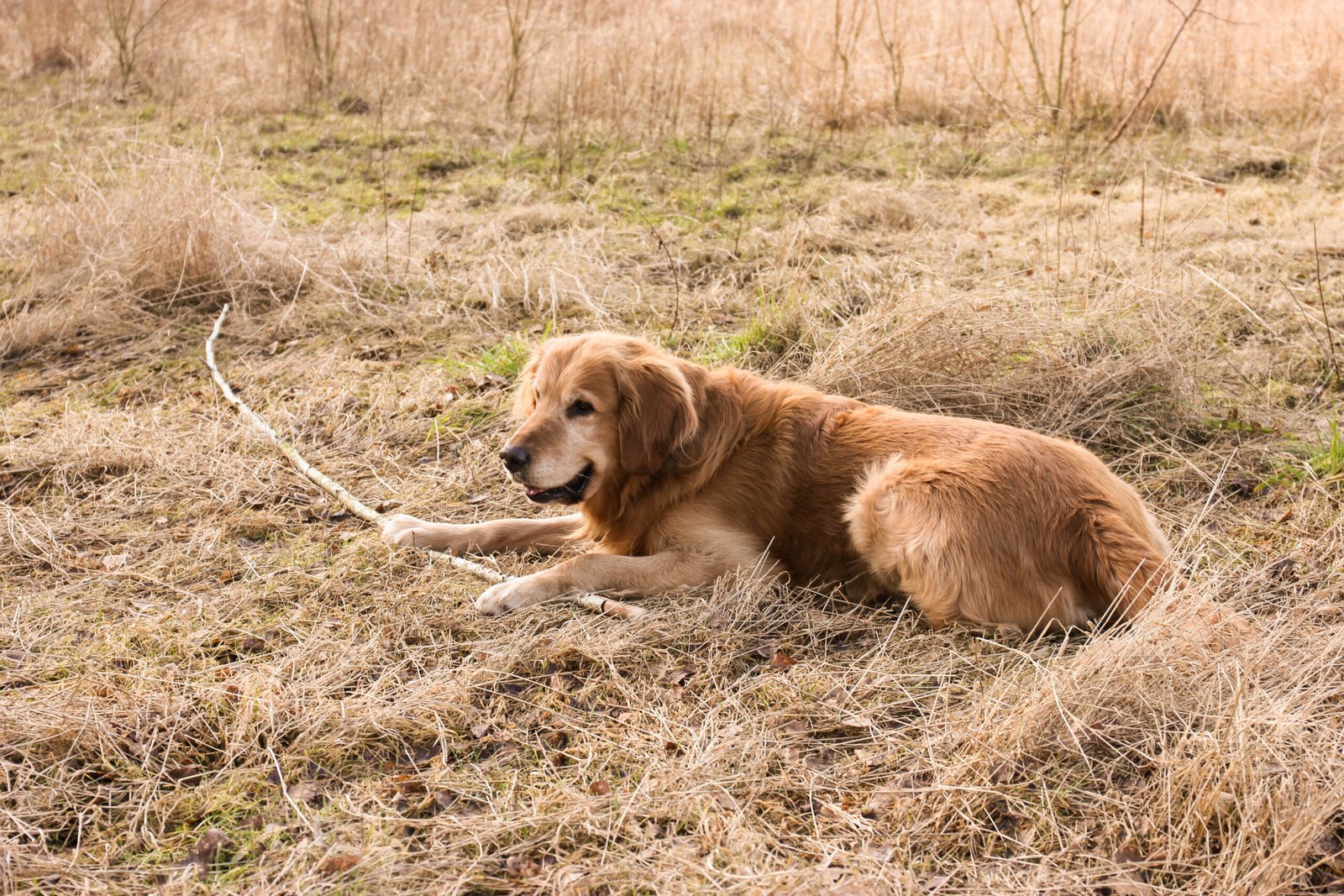Have you ever marveled at the gentle giants of the dog world—their big, soft eyes and loving hearts? Large breed dogs can fill your home with laughter, warmth, and endless cuddles. But owning a big dog also means taking on big responsibilities, especially when it comes to their health. If you’ve ever felt a pang of worry about your furry friend’s well-being, you’re not alone. Many dog lovers are surprised to discover that large breeds face unique health challenges. But the good news? With knowledge and a dash of dedication, you can help your loyal companion thrive for years to come.
Hip Dysplasia: A Painful Reality for Many Big Dogs

Large breed dogs are beloved for their big hearts, loyal nature, and impressive presence—but with their size comes a unique set of health challenges. From joint issues to heart conditions, these gentle giants require special attention to stay healthy and comfortable throughout their lives. The good news? Many of the most common concerns can be managed—or even prevented—with proactive care, the right diet, and regular checkups.
Hip dysplasia is one of the most heartbreaking conditions affecting large breed dogs. This genetic disorder causes the hip joint to form improperly, leading to pain, limping, and stiffness. Often, owners first notice their dog struggling to rise or hesitating to jump. The risk is higher in breeds like German Shepherds, Labradors, and Great Danes. While genetics play a big role, rapid growth and obesity can make things worse. The best way to help your dog is to keep them at a healthy weight, avoid overfeeding, and provide regular, gentle exercise. Puppy owners should also avoid letting their dog leap off high surfaces or over-exercise on hard ground. Regular vet check-ups are crucial, as early diagnosis can make a world of difference.
Arthritis: Stiff Joints and Slowed Steps
As large breed dogs age, arthritis often creeps in, making every movement a little harder. Symptoms like limping, reluctance to play, or difficulty climbing stairs can appear slowly. The extra weight these big dogs carry puts more stress on their joints, so maintaining a lean body is key. Anti-inflammatory medications, joint supplements like glucosamine, and cozy bedding can help ease discomfort. Frequent, low-impact activities such as swimming or leisurely walks are great for keeping joints flexible. It’s important to pay attention to small changes in behavior, since dogs are experts at hiding pain. Early intervention can help keep your gentle giant active and happy for longer.
Bloat (Gastric Dilatation-Volvulus): A Sudden Emergency

Bloat is a terrifying and life-threatening condition that can strike without warning, especially in deep-chested large breeds. The stomach fills with gas and twists, cutting off blood supply and causing shock. Dogs may pace, drool excessively, try to vomit without success, or show a swollen belly. Time is critical—bloat can be fatal within hours. To help prevent it, feed your dog two or three smaller meals a day instead of one large one, and avoid vigorous exercise right after eating. Using slow-feeder bowls and keeping stress levels low at meal times can also help. If you ever suspect bloat, rush your dog to the vet immediately.
Heart Disease: Silent Threat for Big Breeds

Heart disease, especially dilated cardiomyopathy, is more common in large and giant breeds than in smaller dogs. The heart muscle weakens, making it harder to pump blood efficiently. Early signs are subtle and might include fatigue, coughing, or fainting. Regular vet visits and heart screenings can catch issues early. Feeding a balanced diet, maintaining a healthy weight, and making sure your dog gets enough exercise are all vital. Some breeds, like Dobermans and Boxers, are especially prone, so talk to your vet about specific screening tests. Catching heart problems early can extend your dog’s life and improve its quality.
Obesity: The Hidden Danger in Every Treat

It’s hard to resist those pleading eyes when your dog begs for a snack, but extra treats can quickly add up. Obesity is a major concern for large breed dogs, as it puts extra strain on their joints, heart, and organs. Signs include visible weight gain, loss of a waistline, and difficulty moving. Prevention starts with portion control—measure out meals and resist feeding table scraps. Choose high-quality, large-breed specific foods that are lower in calories but rich in nutrients. Daily exercise, even if it’s just a walk around the block, can make a huge difference. Remember, keeping your dog lean is one of the best gifts you can give.
Cancer: Facing the Odds with Early Action

Sadly, large breed dogs are at higher risk for certain cancers, such as osteosarcoma (bone cancer) and lymphoma. Lumps, unexplained weight loss, or a sudden change in behavior should always prompt a vet visit. While not all cancers can be prevented, early detection gives your dog the best chance. Regularly check your dog’s body for unusual bumps or changes in their coat. Spaying or neutering can lower the risk of some cancers. Providing a clean, low-stress environment and feeding antioxidant-rich foods may also help. Owners should be vigilant and trust their instincts—if something feels off, don’t wait.
Wobbler Syndrome: When the Neck Can’t Hold On
Wobbler syndrome affects the neck vertebrae, causing instability and pressure on the spinal cord. Breeds like Great Danes and Dobermans are especially vulnerable. The first signs might be a wobbly walk, weakness in the legs, or trouble holding up the head. Left untreated, it can progress to paralysis. Prevention focuses on avoiding rapid growth in puppies and ensuring proper nutrition with balanced calcium and phosphorus levels. Avoiding rough play that could injure the neck is also wise. If you notice any strange movement or stiffness, consult your vet right away, as early intervention can slow the progression and improve mobility.
In the world of big dogs, knowledge truly is power. By understanding these common health concerns, you can give your furry friend the happiest, healthiest life possible. Isn’t it amazing how much love and care our gentle giants inspire?

Linnea is a born and bred Swede but spends as much time as possible in Cape Town, South Africa. This is mainly due to Cape Town’s extraordinary scenery, wildlife, and atmosphere (in other words, because Cape Town is heaven on earth.) That being said, Sweden’s majestic forests forever hold a special place in her heart. Linnea spends as much time as she can close to the ocean collecting sea shells or in the park admiring puppies.





